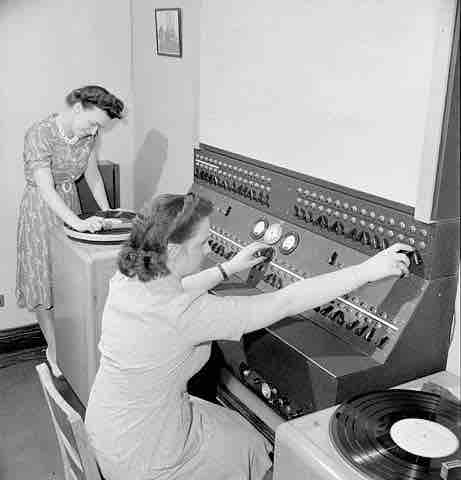Fred Fiedler's model of leadership states that different types of leaders are required for different situations. This situational contingency understanding of leaderships suggests, for instance, that a leader in a strict, task-oriented workplace would have different qualities than a leader in a more open, idea-driven workplace. Fiedler subsequently enhanced his original model to increase the number of leadership traits it analyzed. This later theory, known as Cognitive Resource Theory (CRT), identifies the conditions under which leaders and group members will use their intellectual resources, skills, and knowledge effectively.
Least Preferred Co-Worker (LPC) Test
The Fiedler situational contingency model measures leadership traits with a test that provides a leadership score corresponding to the workplace where the leader would be most suited. The Least Preferred Co-worker (LPC) test asks test takers to think of someone they least prefer working with and rate that person from one to eight on a scale of various traits. For example, the taker is asked to rate the co-worker from Unfriendly (1) to Friendly (8), or Guarded (1) to Open (8). The ratings are then averaged. Generally, a higher LPC score means the person being rated is more oriented to human relations, while a lower score means the person is more oriented to tasks.
The LPC test is not actually about the co-worker; it is a profile of the test taker. Test subjects who are more oriented to human relations generally rate their least preferred co-workers higher, and the opposite is true for task-oriented test takers. The LPC test reveals how respondents react to those that with whom they do not like working, and thereby reveals leadership contexts best suited to the test takers' personality.

Least Preferred Co-worker (LPC) test
The Least Preferred Co-worker (LPC) test reveals more about the test-taker than about the co-worker or the type of work the tester and co-worker did together.
Situational Context
The Fiedler model also analyzes the situation in which the leader functions. The situation analysis has three components:
- Leader-member relations – the amount of respect, trust, and confidence between leaders and their followers
- Task structure – the degree to which group tasks, roles, and processes are specified and formalized
- Leader position power – the amount of formal authority leaders have based on their role within the group
When good leader-member relations, a highly structured task, and high leader-position power are in place, the situation is considered a "favorable situation." Fiedler found that low-LPC leaders are more effective in extremely favorable or unfavorable situations, whereas high-LPC leaders perform best in situations with intermediate favorability. Leaders in high positions of power have the ability to distribute resources among their members, meaning they can reward and punish their followers. Leaders with low position power cannot control resources to the same extent as leaders with high position power, and so lack the same degree of situational control. For example, the CEO of a business has high position power, because she is able to increase and reduce the salary that her employees receive. On the other hand, an office worker in this same business has low position power, because although he may be the leader on a new business deal, he cannot control the situation by rewarding or disciplining colleagues with salary changes.
Criticism of the Fielder Model
Fiedler's contingency theory has drawn criticism because it implies that the only option for a mismatch of leader orientation and unfavorable situation is to change the leader. Some have disputed the model's validity by questioning how accurately it reflects a leader's personality traits. Also, the contingency model does not take into account the percentage of situations that might be somewhat favorable, completely unfavorable, or even extremely favorable. For this reason, critics of the model suggest that it does not provide a complete comparison between low-LPC leaders and high-LPC leaders.